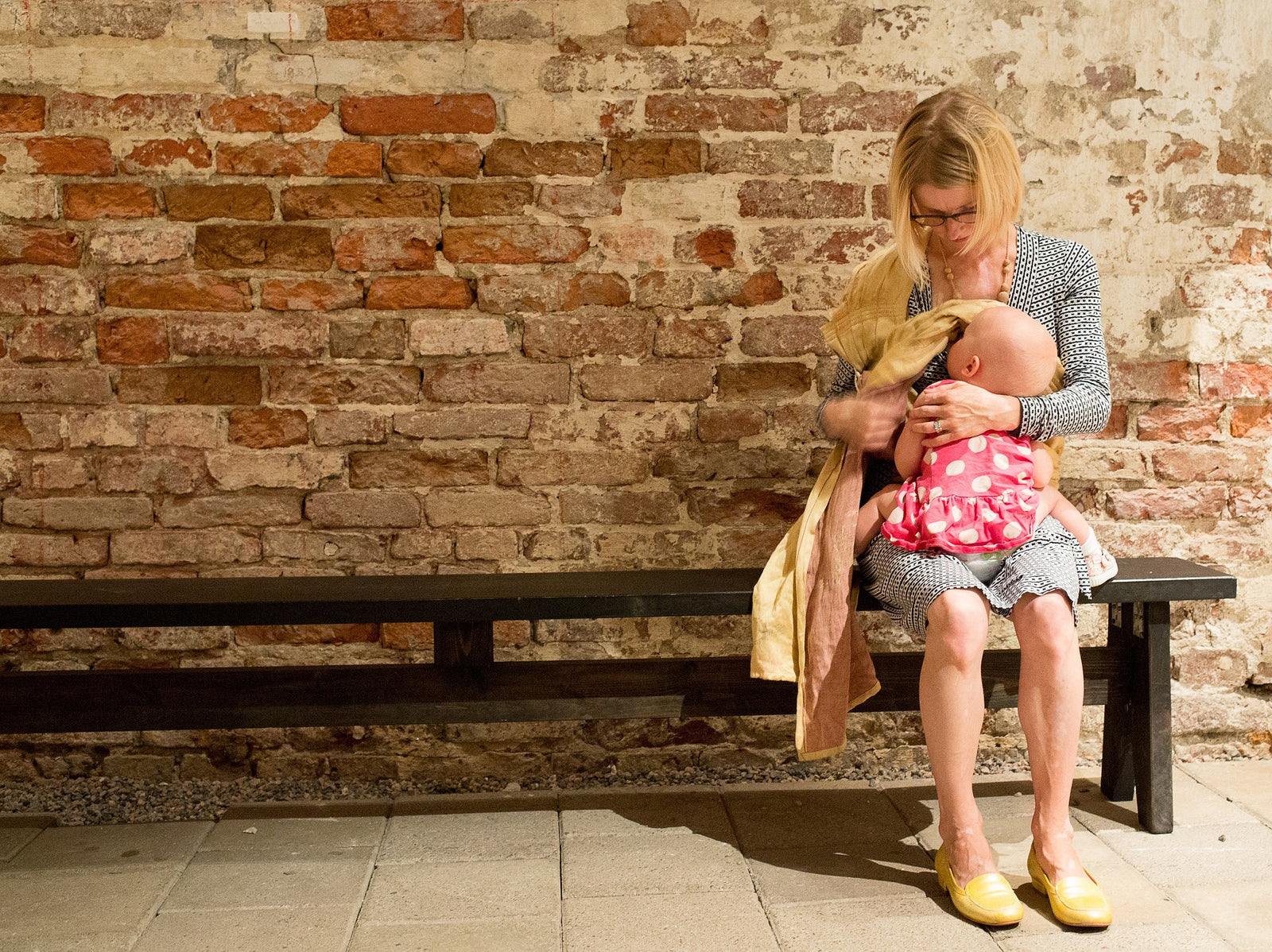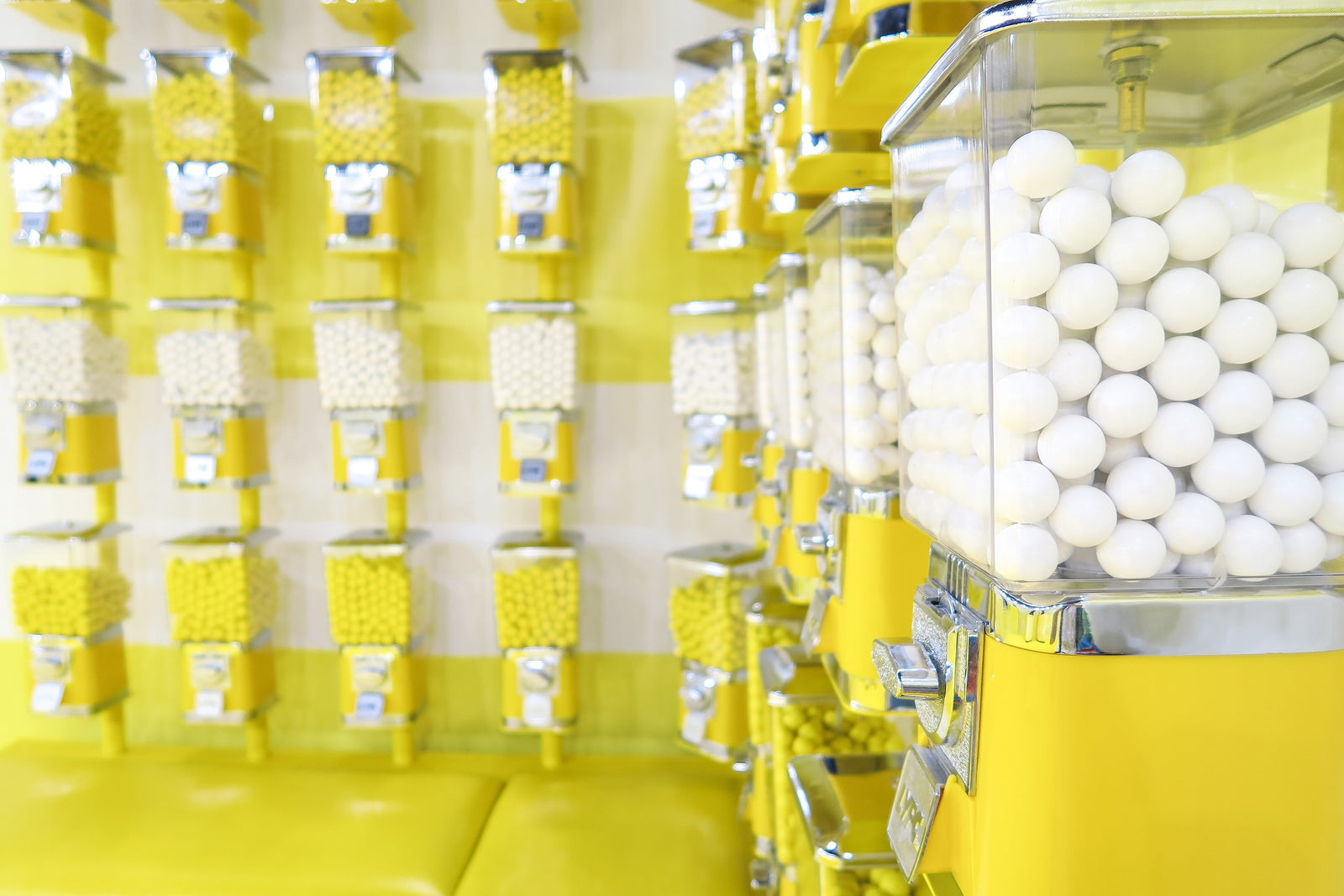Your Cart is Empty
🚚 FREE USA SHIPPING ON ORDERS OVER $30! INTERNATIONAL SHIPPING AVAILABLE.
🚚 FREE USA SHIPPING ON ORDERS OVER $30! INTERNATIONAL SHIPPING AVAILABLE.
How to make strong coffee
by Tina Sendin 3 min read

How do you like your coffee?
Rich, bold, smooth, with an extra punch that lasts you through the day? Sounds like you like your coffee strong. (High five!)
But wait - what does strong even mean? How do you make it? How do you keep your strong coffee fresh?
This article will show you through the answers to these very important questions many java lovers ask.
What makes a strong coffee?
It’s easy to think that strong coffee means strong-tasting coffee.
Not necessarily.
Just because coffee is bitter or highly-caffeinated doesn’t mean you’ve got a strong one.
In fact, bitter coffee may mean it’s burnt or over-roasted. That’s not what we’re looking for here.
Here’s a rule of thumb: Strong coffee is like George Clooney - bold, rich, suave.
You’ll know you’ve got strong coffee when your cup’s dense, thick, full-bodied and has an extra kick.
Similarly, highly-caffeinated coffee is NOT necessarily strong coffee.
Caffeine level and strength are not one and the same. The latter boils down to flavours and that kick.
If you’re curious about caffeine levels in your coffee, read the article How much caffeine is in your favourite coffee brand.
How do you pick strong coffee?
Making yourself a strong coffee all starts with picking the right beans.
There are two types of coffee beans: arabica and robusta.
While robusta has more caffeine, arabica is the right choice if you’re gunning for that flavourful, vibrant cup.
Remember, too much caffeine doesn’t necessarily mean extra strong. We’re looking for that rich, weighty and punchy flavour here.
PRO TIP: go for the dark-roasted beans.
So when buying beans, ask for dark-roasted arabica.
To know more about coffee beans, watch the video below:
How to make coffee taste good
Now that we’ve laid the groundwork, it’s time for you to know some top tips for making a strong, good-tasting coffee:
Buy strong, high-quality coffee beans
Strong coffee starts with the strong beans. Pick arabica for that rich, dense, weighty cup. The longer you roast it, the richer your coffee will be. Also, veer away from low-quality beans. Smell them and have a chat with the barista to find out if they're the right beans for you.
Use fresh coffee and grind it yourself
To ensure freshness, use your newly-bought beans within the next two weeks. If you can, grind the beans yourself - just right before brewing your cup. You can grind it based on your personal preference. The finer the grind is, the more flavour you get out of it. Make sure you have the right equipment for it though! Sometimes, a French press won’t be able to get your grind as fine as you like.
Then enjoy the smell of your fresh, roasted, vibrant and rich cup of joe!
Make sure you have the correct coffee to water ratios
Making your own freshly brewed coffee can be both a science and art. Especially when aiming for the strong, the coffee-water ratio is very important. According to Driftaway Coffee, “to make a stronger brew, just increase the amount of grounds used without altering the quantity of water you use. This will alter the ratio and produce a stronger cup.” [1]
Here’s another pro tip according to Driftaway Coffee:
Most brew methods use a coffee-water ratio that falls between 1:18 and 1:16 (1 part coffee and 18 to 16 parts water). To find the strength you prefer, start out with a 1:18 ratio and slowly increase it until you find the perfect balance.
Make sure water temperature is correct
Getting the temperature right one of the keys that will unlock coffee heaven. Make sure that your water’s not too hot and not too cold. The ideal temperature is anywhere between 195 - 205 °F (90.6 - 96.1 °C). And if you’re a hard core coffee lover, you may as well just invest in a kitchen thermometer.
Store your coffee properly
The more love you give to your coffee, the more love you get. So keep it away from harm’s way - oxygen, air, light and humidity. Seal it safely in airtight canisters, placed in a cool, dark and dry place.
How to make the best coffee in the world?
And if you're keen to know more about how you can keep making the best coffee in the world for the caffeine-lover in you, then check out this video below for some tips and tricks!
Also in Viter Energy Blog

Can caffeine help with ED?
by Mark Miller 3 min read
Erectile dysfunction. In combination, those are two of the ugliest words known to man. But can caffeine help you get it up?
Science hasn't found the definitive answer to this question, but one study concluded that fewer men who consume caffeine have problems performing. The study said:
Caffeine intake reduced the odds of prevalent ED, especially an intake equivalent to approximately 2-3 daily cups of coffee (170-375 mg/day). This reduction was also observed among overweight/obese and hypertensive, but not among diabetic men. Yet, these associations are warranted to be investigated in prospective studies

Caffeine while breastfeeding? Go ahead, it's OK
by Mark Miller 4 min read
Many breastfeeding mothers wonder if it's OK to take caffeine. In fact, many nursing mothers just avoid caffeine in case it would keep their babies fussy, jittery and awake.
The answer is yes, you can take caffeine while breastfeeding, as long as you don't go over about 300 mg a day.
It's an important question because caffeine is in so many products, and taking coffee, tea, or soda is such a common ritual.
And breastfeeding mothers may be tempted to take caffeinated products because they are deprived of sleep by their newborns' odd sleep schedule.

The surprising benefits of chewing gum
by Mark Miller 5 min read
You might think gum chewing is an activity with little or no benefits besides the pleasure and flavor, but think again. Chewing gum has several benefits.
In addition to freshening your breath, sugar-free gum can help prevent cavities and contribute to overall oral health. But that's just the beginning.

